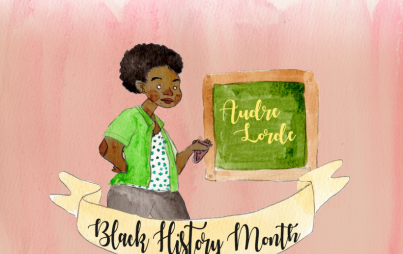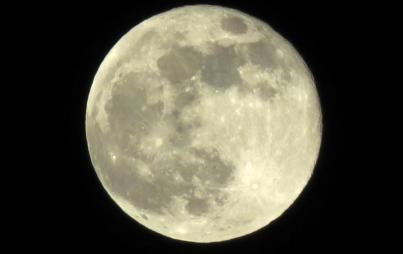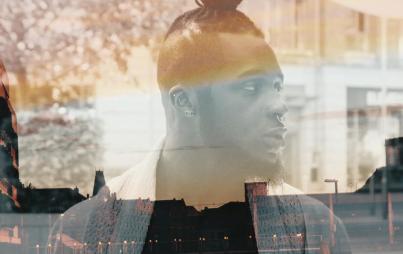
Credit: NASA
If you're anything like me, you've spent the day consumed by photos of yesterday's Blood Moon, because . . . well, look at it.

It's hard to imagine not being captivated by this mystical satellite in the sky—and captivate is exactly what it's done for centuries. Here, in honor of the sheer awesomeness that is the moon, we bring you three amazing myths connected to it.
Moon Rabbit
Look closely enough at the moon, and you may see the outline of a hare in its features and shadows. This, at least, is what people have surmised for centuries, leading to many myths surrounding a rabbit inhabiting the moon.
The African legend of the hare tells the story of man's very mortality. As the story goes, the moon—which preceded the formation of Earth—wanted, very generously, to give mankind the gift of immortality upon its birth. So it sent the Hare living on it to relay a kindly message to Earth: "Just as the moon dies and rises again so shall you." But Hare messed up big time, misinterpreting the message, and instead conveyed "Just as the Moon dies and perishes, so shall you." Thus, we were robbed of eternal life on Earth, and bound to miserable mortality (thanks for nothing, moon-dwelling hare).
One of the earliest mentions of a rabbit on the Moon appears in the Chu Chi, an ancient anthology of Chinese poetry. In this version of events, there's both a hare and a toad on the moon, both of whom pound herbs for immortal beings (below is an image of the hare mixing his elixir, from an 18th century embroidered Imperial Chinese robe).
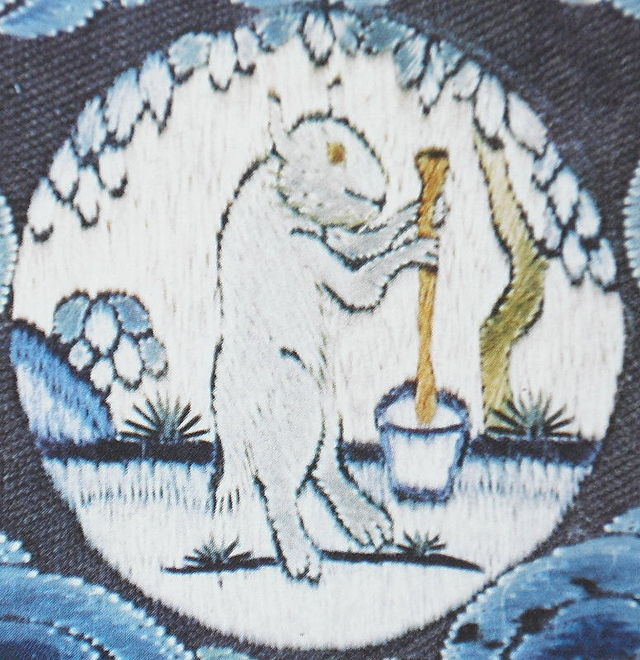
Native Americans also have various versions of the story, including a Cree tale about a rabbit that wanted to ride the moving moon. It hitched a ride on a crane, leaving the bird with two of its distinguishing features: long legs, because the rabbit was heavy and stretched its legs out, and a red mark on its head, because the rabbit placed a bloody paw on it. Today, the rabbit can still be seen, on some nights, riding the moon (which incidentally, sounds incredible).
These myths still endure in our culture today. African fables about the moon were brought to America by slaves, and became the basis for the famous Br'er Rabbit stories (which in turn were the inspiration for Disneyland's ride Splash Mountain). Other modern imprints include the electronic music group Rabbit in the Moon and the Chinese lunar rover "Yutu," named after one of the country's "hare in the moon" myths.
Werewolves
You may be surprised to learn that werewolf mythology hasn't always been rooted in the presence of a full moon. In Greek mythology, the Greek king Lycaon was transformed into a wolf for playing a trick on Zeus, with nary a moon in sight—an act depicted below in an engraving from the 1600s. (Clinical lycanthropy, a disease in which people believe they are actually wolves, is derived from the name of the Greek king). In other early legends, werewolves changed shapes at whim, or men became the monster by wearing a special wolf belt (which sounds like a fantastic thrift shop find).
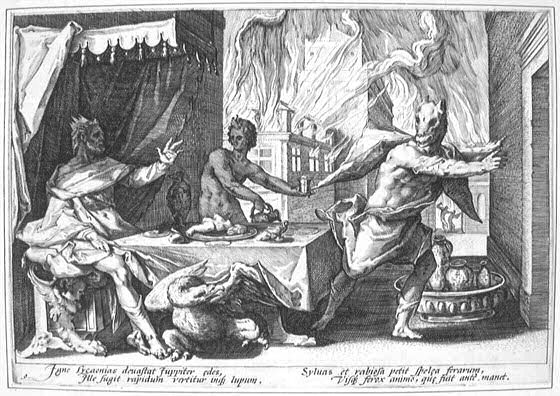
Interestingly, there is also no moon in some modern-day renderings of the werewolf; in Twilight, for instance, Jacob transforms into a werewolf only in the presence of vampires, and due to a special gene (yes, I just brought up Twilight. #Sorrynotsorry).
Yet many ancient and modern tales highlight the mystical moon as the source of the beastly transformation, and it's this idea that has endured more than any other. Just how pervasive is the myth? Police and EMTs in modern times have claimed that full moon nights are busier and more dangerous than others. But while some believe this is because of the dark powers of the full moon, more skeptical minds believe it's because the wild werewolf legend has influenced people to act more rebelliously when it appears.
Hjuki and Bil
The same markings and shadows on the moon some have deciphered as a hare (or other creatures), others have interpreted as the imprints of a man or humans living there. In Scandinavia, the people on the moon are believed to be the brother and sister pair Hjuki and Bil, who were captured by the moon, Mani, while drawing water for a well on Earth. Hjuki, Bil, siblings, water, well. Sound familiar? It's believed this piece of folklore was the basis for the "Jack and Jill" nursery rhyme.
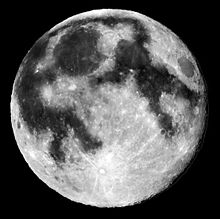
Images: Wikimedia Commons


